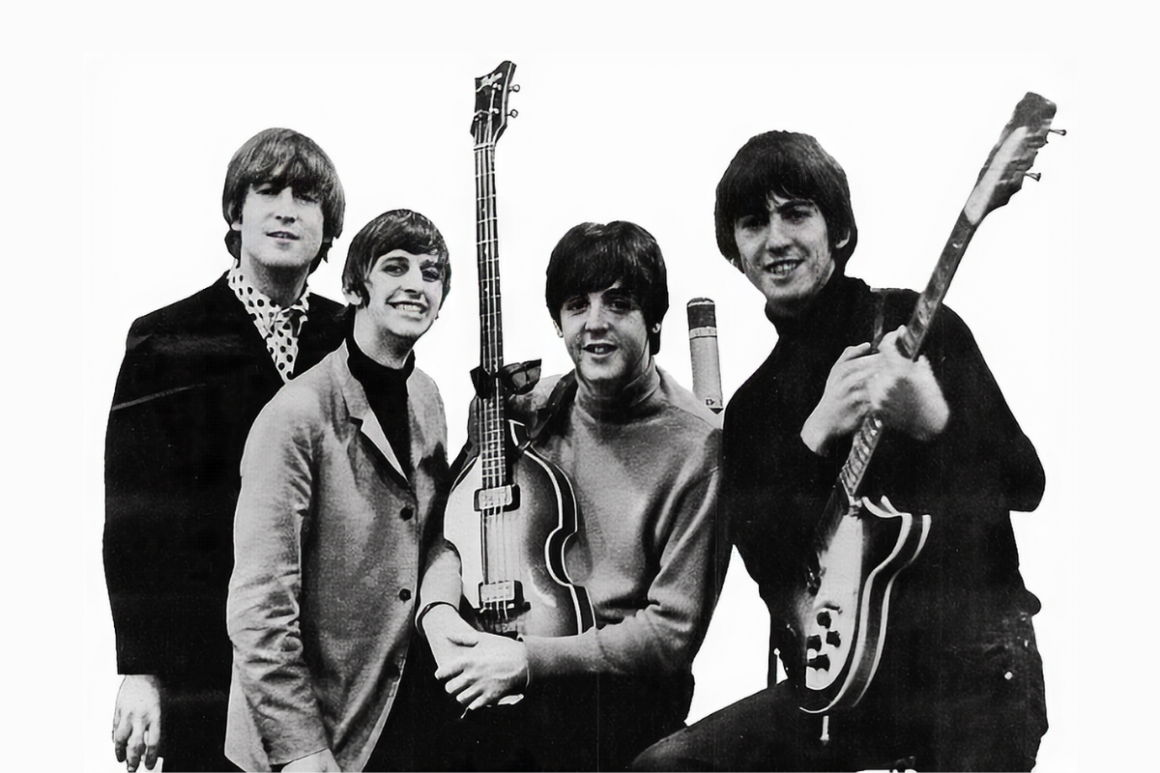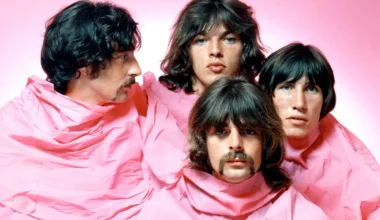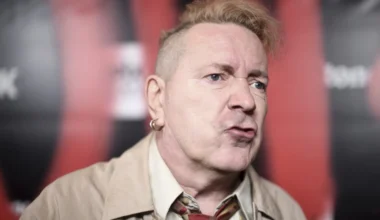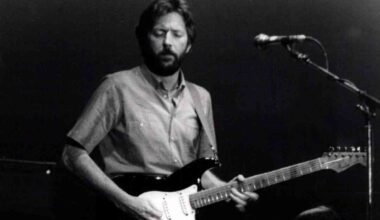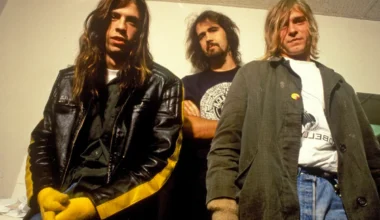Each member of The Beatles possessed their unique musical genius.
It’s true that they didn’t have the formal music theory knowledge of renowned composers. However, they were always eager to explore uncharted musical territories.
This meant going beyond the familiar 12-bar blues and the realm of rock and roll. George Harrison, in particular, ventured into unconventional harmonic territory.
Before delving into complex studio techniques, the band embarked on journeys around Liverpool in search of musicians who knew chords they hadn’t encountered before.
In a famous anecdote from The Beatles Anthology, Paul McCartney recounted going halfway across town. He went on a search for someone who could teach him the elusive B7 chord. This particular chord plays a pivotal role in standard blues progressions.
In addition to rock and roll influences like Chuck Berry and Little Richard, The Beatles explored the jazz world. While browsing through various music shops, their understanding of music theory led them to discover augmented and diminished chords. When played in isolation, these chords produced an unsettling and dissonant sound.
Typically, such chords were used sparingly in classical and occasionally in jazz music. They usually served as passing tones that naturally guided the listener’s ear toward the next major chord change. Due to their discordant nature, Harrison humorously dubbed them “the naughty chords.”
Although they might not have been suitable as the foundation for entire songs, Harrison found himself incorporating them into many Beatles tunes. They initially appeared in their renditions of old standards like ‘A Taste of Honey’ and ‘Till There Was You.’
As Lennon and McCartney churned out songs prolifically, these unusual chords didn’t take long to find their place within the band’s compositions. In the iconic Rubber Soul track ‘Michelle,’ McCartney skillfully weaved between various “naughty chords,” creating tension that beautifully resolved at the end of each verse.
Harrison also claimed these unconventional chords for The Beatles, introducing their ominous sound in his composition ‘I Want To Tell You’ from the album Revolver. As The Fab Four expanded their musical horizons, each member, including Harrison, incorporated these unique chords into their solo careers.
Recognized as the most technically adept musician in the group, Harrison’s solo masterpiece ‘All Things Must Pass’ featured an array of augmented and diminished chords, notably in songs like ‘I’d Have You Anytime’ and ‘Isn’t It a Pity.’
Even when Harrison collaborated with The Traveling Wilburys, he continued to explore these chords, as recalled by Tom Petty during the recording of ‘Handle With Care’: “He used augmented and diminished chords a lot; he called them the naughty chords.”
These distinctive chords also made their way into the final Beatles tracks. They played a central role in the verse of Real Love. It’s one of the few new Beatles songs included in the Anthology box set in the 1990s.
George Harrison may not have claimed to be a musical prodigy. But there’s no doubt that he was an undeniable genius in his use of these unconventional chord voicings.

